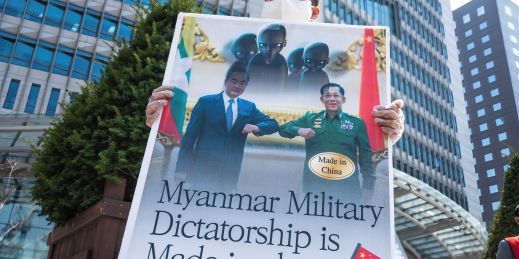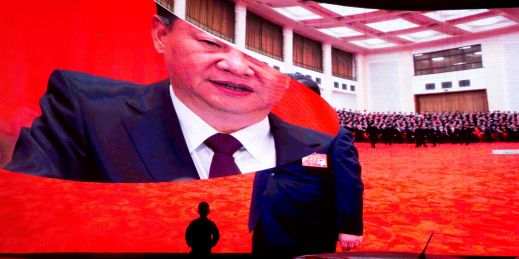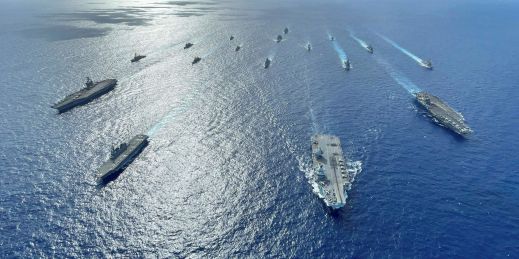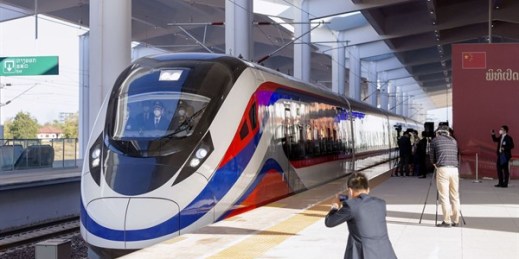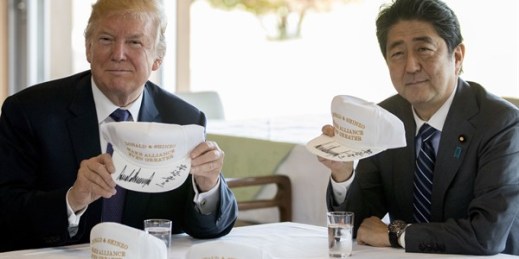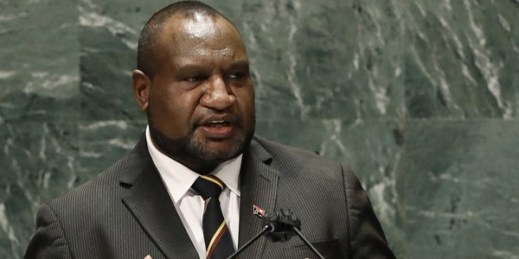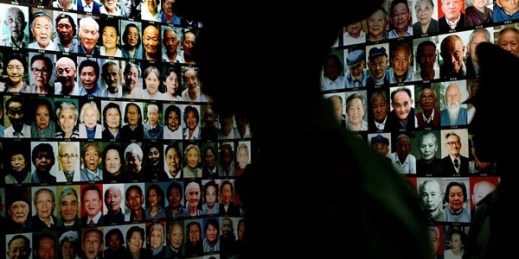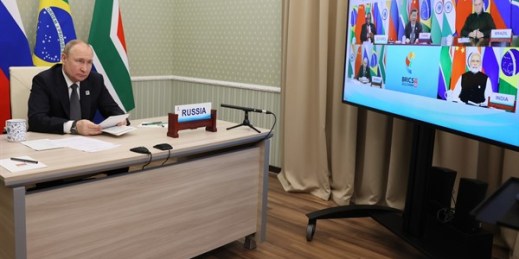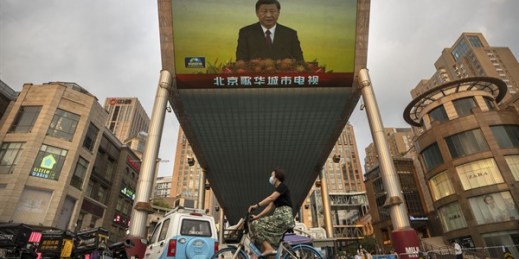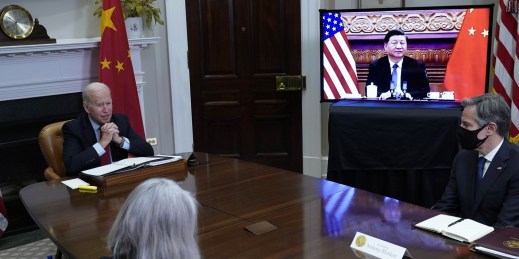
Given the state of U.S.-China relations these days, most observers had low expectations for Thursday’s call between Joe Biden and Xi Jinping. The list of issues causing tensions is long, and the areas for cooperation have narrowed. Unsurprisingly, then, the call resembled a conversation from the terminal stage of a bad romance.

